Still not sure what a sill plant is? You’re not alone. In this post, we’ll answer 10 of the most common questions about sill plants.
A plant that is suitable for a windowsill is one that doesn’t mind a little crowding, can tolerate lower light levels and doesn’t need a lot of water. – The Spruce
Hi everyone!
Do you have questions about sill plants? Well, I do too! So I decided to ask an expert and get some answers. Here are the top 10 questions about sill plants, with answers straight from the expert.
1. What are sill plants?
2. What do sill plants need to grow?
3. How often do you need to water sill plants?
4. What type of soil is best for sill plants?
5. What is the best time of year to plant sill plants?
6. How big do sill plants get?
7. What do sill plants look like?
8. What are the benefits of sill plants?
9. Are there any drawbacks to growing sill plants?
10. Are there any special care instructions for sill plants?
I hope you find this information helpful and that it answers some of your questions about sill plants!
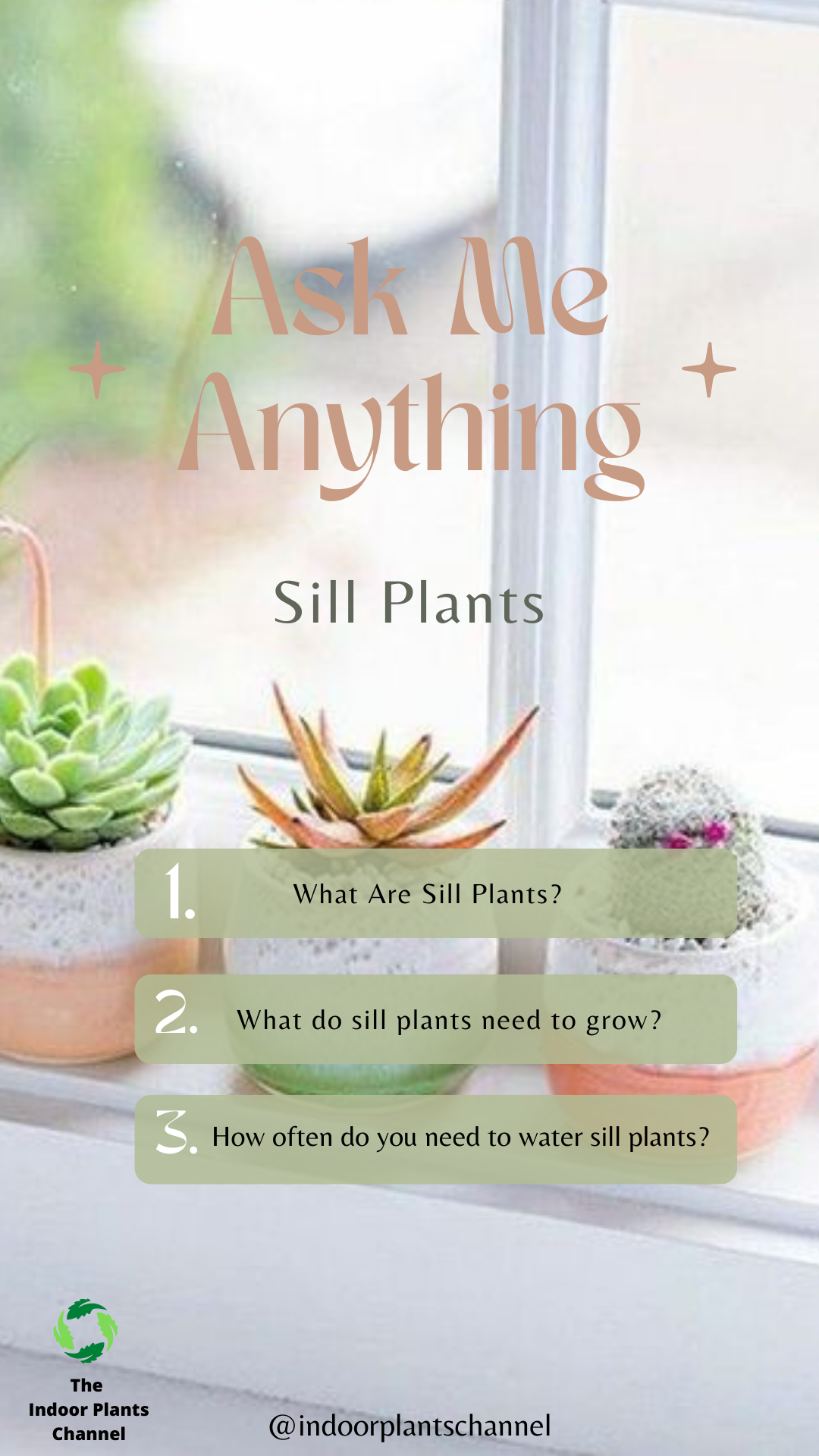
What Are Sill Plants?
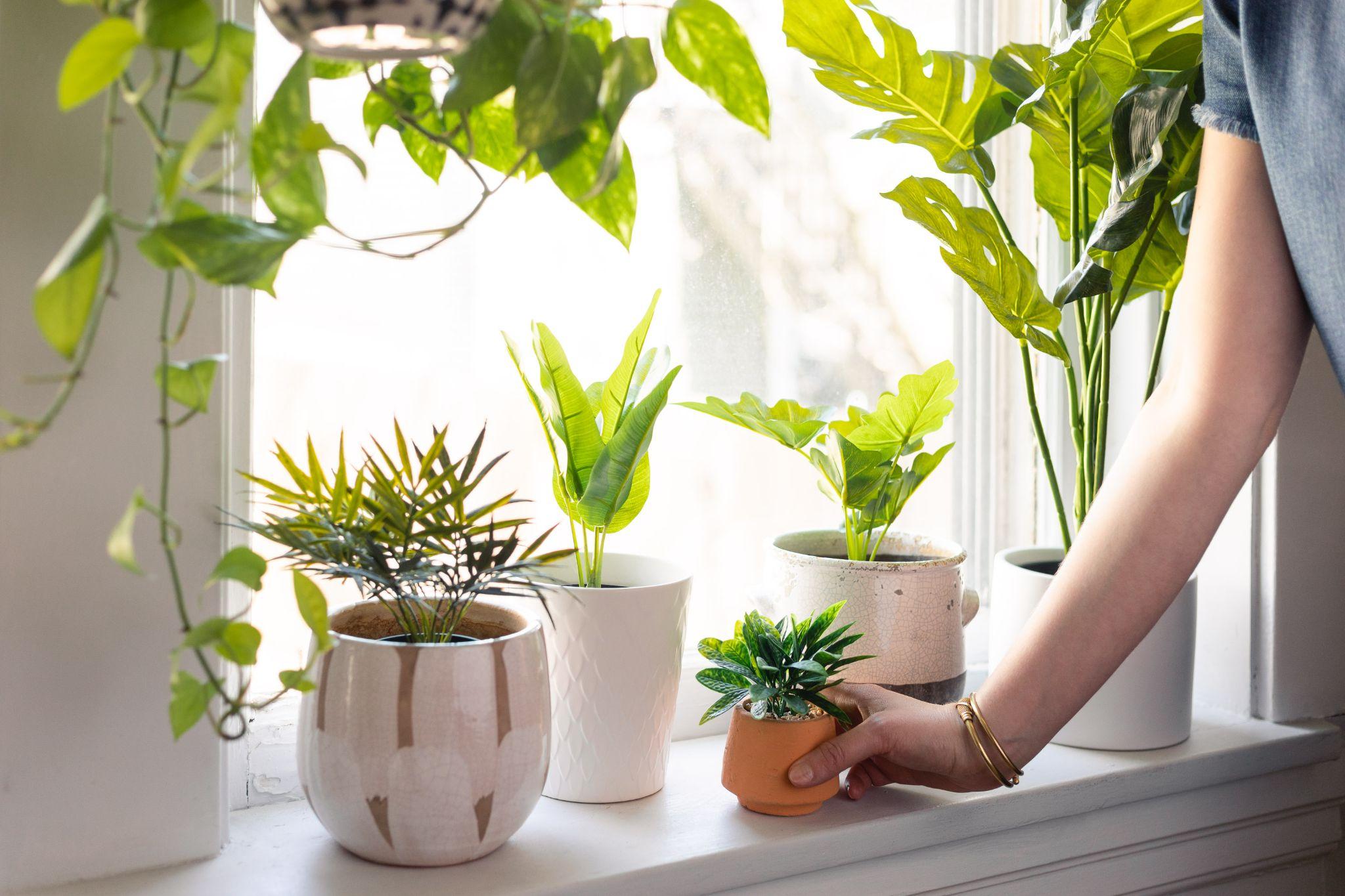
Sill plants are plants that are grown on window sills. They are usually small plants that do not need a lot of light or water.
Sill plants are a great way to add some greenery to your home without taking up a lot of space. They are also easy to care for, which makes them a great choice for busy people or those who are new to plant care.
If you are looking for a plant to brighten up your windowsill, there are a few things to consider. First, decide what kind of plant you would like. There are many different types of sill plants, so take some time to research which one would be best for your home.
Once you have decided on a plant, make sure to choose a pot that is the right size. Sill plants usually do not need a large pot, so a small one will suffice. Be sure to also choose a pot with drainage holes to prevent your plant from getting too wet.
When it comes to watering, sill plants do not need a lot. Water them when the soil is dry to the touch and be sure to empty any excess water from the saucer beneath the pot.
Sill plants are a great way to add some life to your home. With a little research, you can find the perfect plant to brighten up your windowsill.
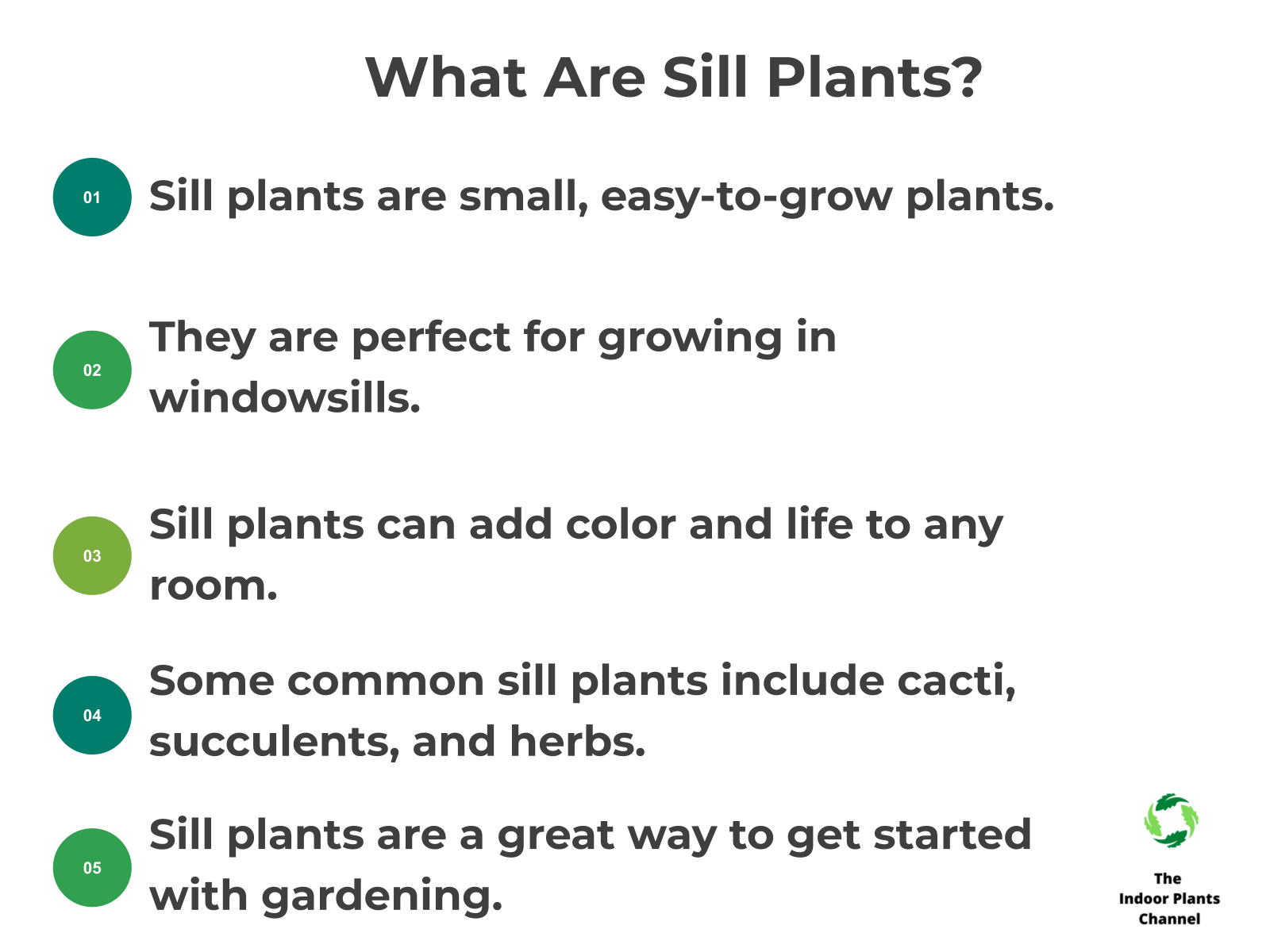
What Are The Benefits Of Sill Plants?
1. Sill plants can help to purify the air in your home.
2. They can also help to increase the humidity in your home, which can be beneficial if you live in a dry climate.
3. Sill plants can also help to reduce noise levels in your home.
4. They can also help to create a more relaxing and inviting atmosphere in your home.
5. Sill plants can also help to improve the quality of your indoor air.

What Are The Best Sill Plants For New Gardeners?
There are a few things to consider when choosing the best sill plants for new gardeners. First, consider the amount of sunlight that the plant will need. Second, consider the size of the plant. If you are low on windowsill space, choose a plant that is small enough to fit. Third, consider the care that the plant will need. If you may not have a lot of time to care for a plant, choose a plant that is low-maintenance.
Some of the best sill plants for new gardeners include succulents, cacti, and air plants. These plants are all low-maintenance and can thrive in a variety of lighting conditions. Succulents and cacti are also small, so they will not take up a lot of space on a windowsill. Air plants are a little bit bigger, but they are unique and interesting plants that are sure to add character to any windowsill.
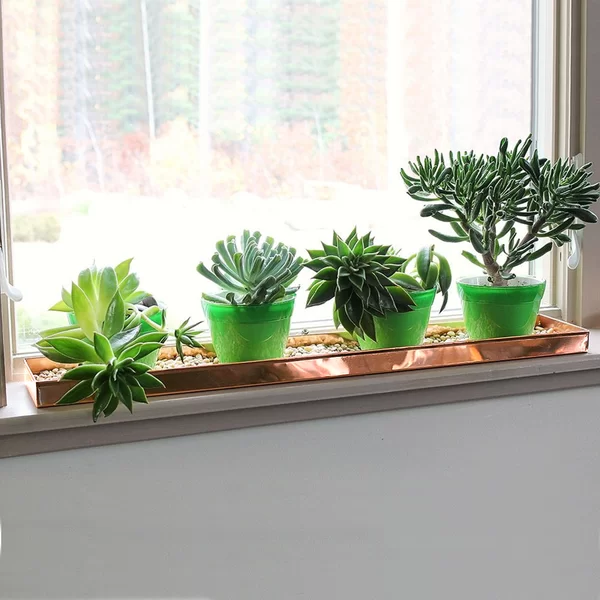
How Should New Gardeners Take Care Of Sill Plants?
New gardeners can take care of sill plants by making sure the plants have enough water, sunlight, and fertilizer. They should also check the plants regularly for pests and diseases.
What Are The Different Types Of Sill Plants?
There are many different types of sill plants, but some of the most common are succulents, cacti, and air plants.
Succulents are a type of plant that store water in their leaves, stems, or roots. This means they can survive in dry conditions for long periods of time. Some common succulents are aloe vera, jade plants, and echeveria.
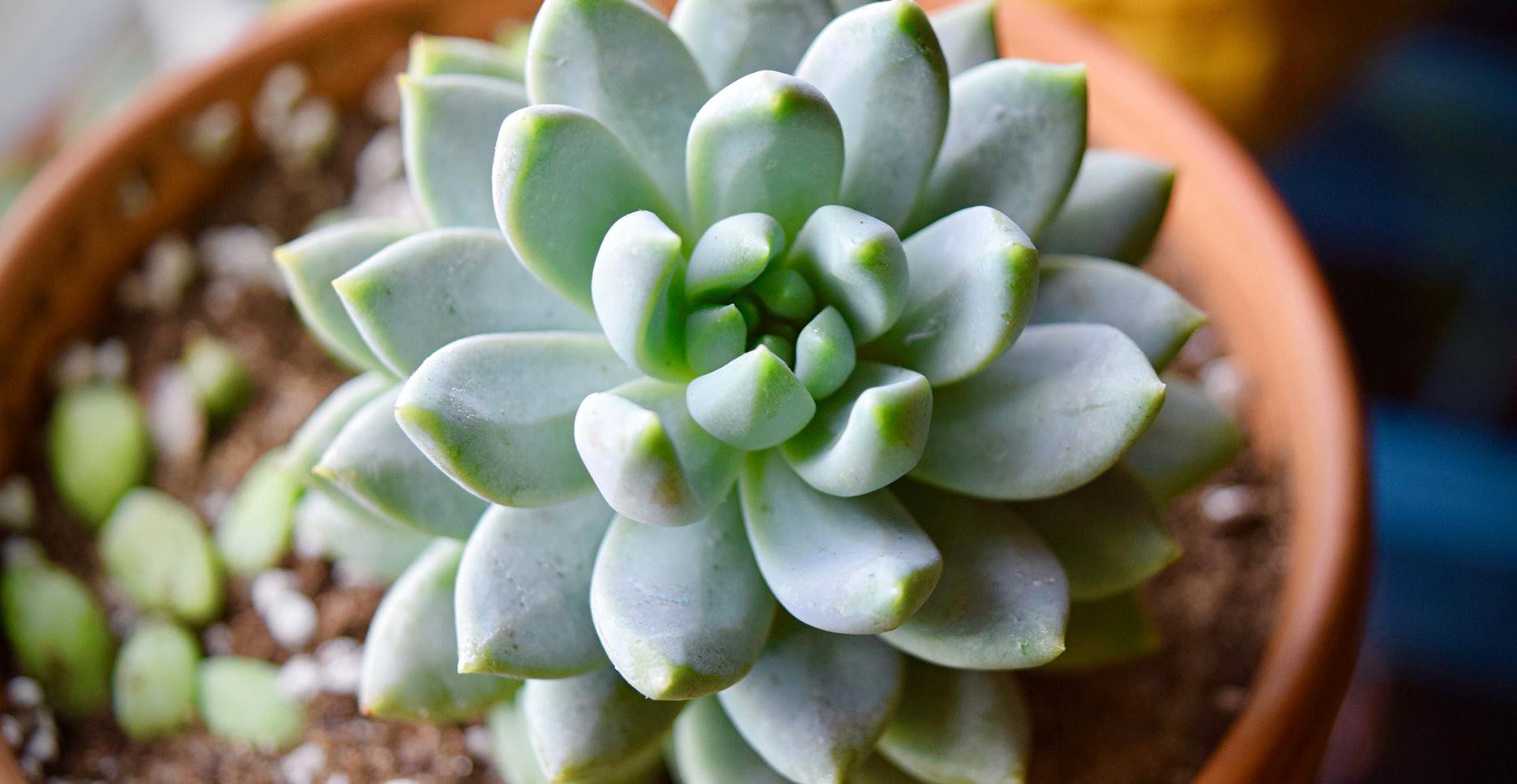
Cacti are another type of plant that does well in dry conditions. They are native to hot, desert climates and store water in their stems. Some common cacti are the saguaro, prickly pear, and barrel cactus.
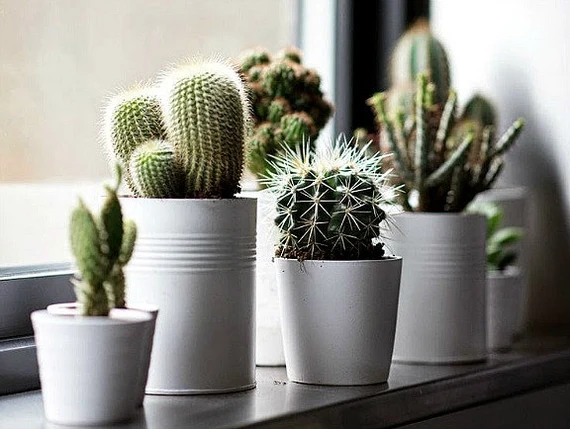
Air plants are a type of tillandsia, which is a genus of over 600 species of evergreen, perennial plants. They get their name from their ability to grow without soil – they get all the nutrients and moisture they need from the air around them. Some common air plants are the Tillandsia ionantha, Tillandsia usneoides, and Tillandsia cyanea.
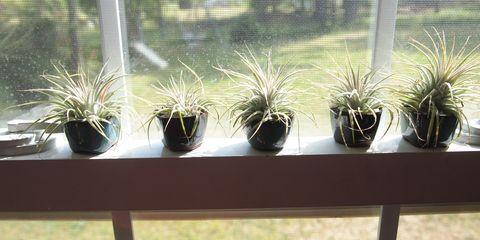
What Are The Most Popular Sill Plants?
There are a few different types of plants that are popular for sills. These include succulents, cacti, air plants, and ferns.
Succulents are a type of plant that store water in their leaves, so they don’t need to be watered very often. They come in a variety of shapes and sizes, and can be found in many different colors.
Cacti are another type of plant that doesn’t need a lot of water. They have sharp spines on their leaves, and come in many different shapes and sizes.
Air plants are a type of plant that gets most of the water it needs from the air. They don’t need to be planted in soil, and can be hung or placed on a shelf.
Ferns are a type of plant that need to be kept in a humid environment. They have long, thin leaves, and come in many different colors.
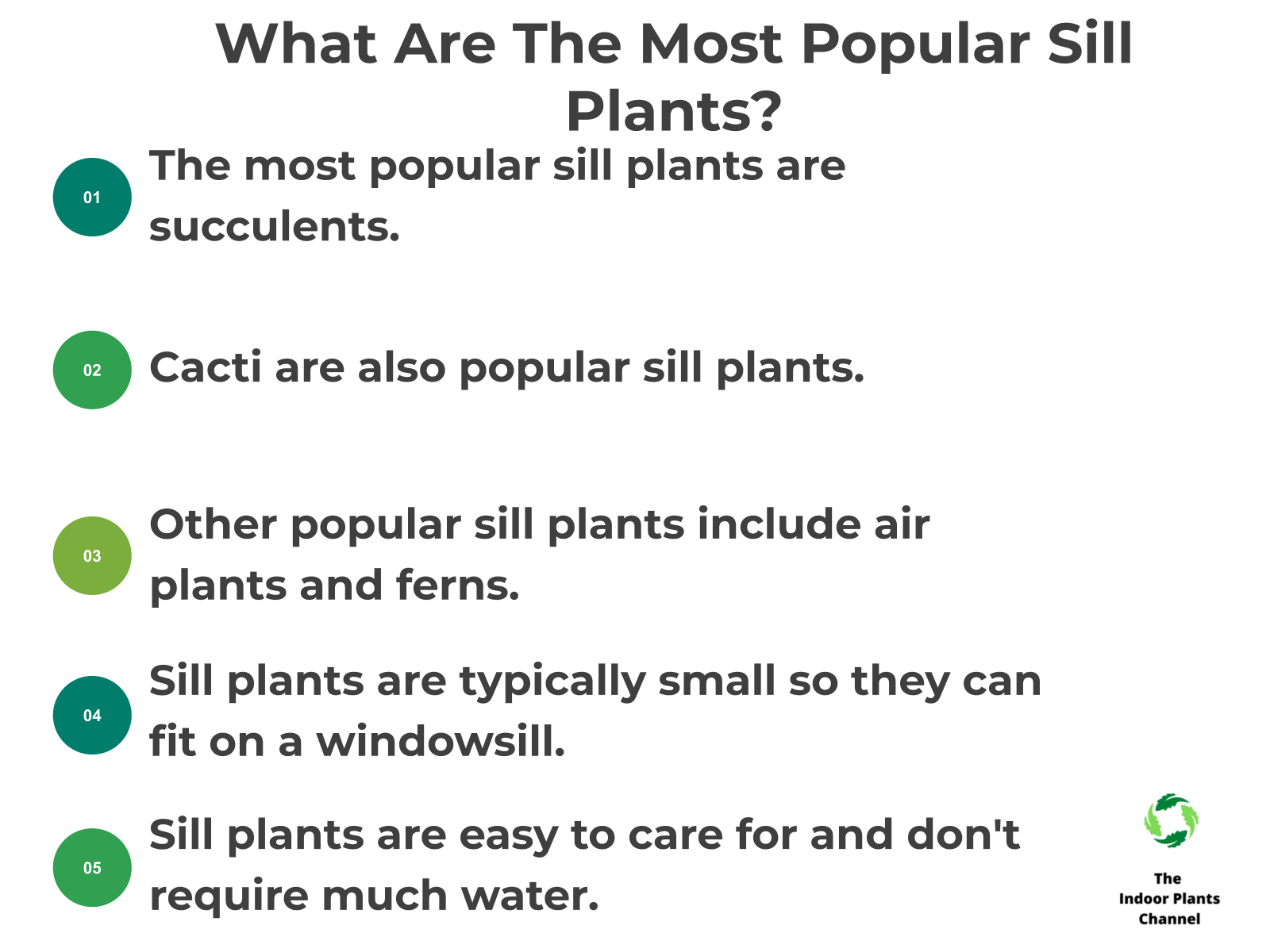
What Are The Rarest Sill Plants?
There are many different types of sill plants, but some are rarer than others. Here are 10 of the rarest sill plants in the world:
1. Rafflesia keithii
This plant is native to Indonesia and can grow up to 3 feet wide. It’s one of the largest flowers in the world and is very rare.
2. Wolffia globosa
This is the world’s smallest flower and is found in Asia, Africa, and Australia. It’s so small that it can fit on the tip of a pencil.
3. Aristolochia grandiflora
This plant is native to Brazil and can grow up to 30 feet tall. It has a very large flower that can be up to 12 inches wide.
4. Nepenthes attenboroughii
This plant is native to the Philippines and can grow up to 20 feet tall. It’s one of the largest carnivorous plants in the world and its pitchers can be up to a foot long.
5. Amorphophallus titanum
This plant is native to Indonesia and can grow up to 10 feet tall. It has the largest flower in the world and can be up to 3 feet wide.
6. Dracunculus vulgaris
This plant is native to Europe and can grow up to 6 feet tall. It has a very large flower that can be up to 2 feet wide.
7. Aristolochia gigantea
8. Passiflora edulis
This plant is native to Brazil and can grow up to 20 feet tall. It has a very large flower that can be up to 8 inches wide.
9. Nepenthes ventricosa
This plant is native to the Philippines and can grow up to 10 feet tall. It has a large pitcher that can be up to a foot long.
10. Roridula gorgonias
This plant is native to South Africa and can grow up to 6 feet tall. It has a very large flower that can be up to 2 feet wide.
What Are The Most Expensive Sill Plants?
There are many factors that contribute to the price of a plant, including the type of plant, the size, and the age. The most expensive sill plants are typically those that are rare or difficult to grow. Here are some of the most expensive sill plants:
1. Venus flytrap – The Venus flytrap is a carnivorous plant that is native to the United States. They are typically small, with leaves that are lined with hairs that trigger when an insect lands on them. The plant then closes its leaves around the insect and digests it. Venus flytraps are difficult to grow and care for, which makes them one of the most expensive sill plants.
2. Corpse flower – The corpse flower is a large, stinky plant that is native to Sumatra. It gets its name from the fact that it smells like rotting flesh when it blooms. The bloom only lasts for a few days, and then the plant dies. The corpse flower is the largest flower in the world, and it is also one of the most rare and expensive sill plants.
3. Jade vine – The jade vine is a beautiful, but rare plant that is native to the Philippines. It has bright green leaves and blooms that range in color from white to purple. The jade vine is difficult to grow and care for, which makes it one of the most expensive sill plants.
4. Ghost Orchid – The ghost orchid is a rare and beautiful plant that is native to the United States. It gets its name from the fact that it is mostly white. The ghost orchid is difficult to grow and care for, which makes it one of the most expensive sill plants.
5. Venus flytrap – The Venus flytrap is a carnivorous plant that is native to the United States. They are typically small, with leaves that are lined with hairs that trigger when an insect lands on them. The plant then closes its leaves around the insect and digests it. Venus flytraps are difficult to grow and care for, which makes them one of the most expensive sill plants.
6. Corpse flower – The corpse flower is a large, stinky plant that is native to Sumatra. It gets its name from the fact that it smells like rotting flesh when it blooms. The bloom only lasts for a few days, and then the plant dies. The corpse flower is the largest flower in the world, and it is also one of the most rare and expensive sill plants.
7. Jade vine – The jade vine is a beautiful, but rare plant that is native to the Philippines. It has bright green leaves and blooms that range in color from white to purple. The jade vine is difficult to grow and care for, which makes it one of the most expensive sill plants.
8. Ghost Orchid – The ghost orchid is a rare and beautiful plant that is native to the United States. It gets its name from the fact that it is mostly white. The ghost orchid is difficult to grow and care for, which makes it one of the most expensive sill plants.
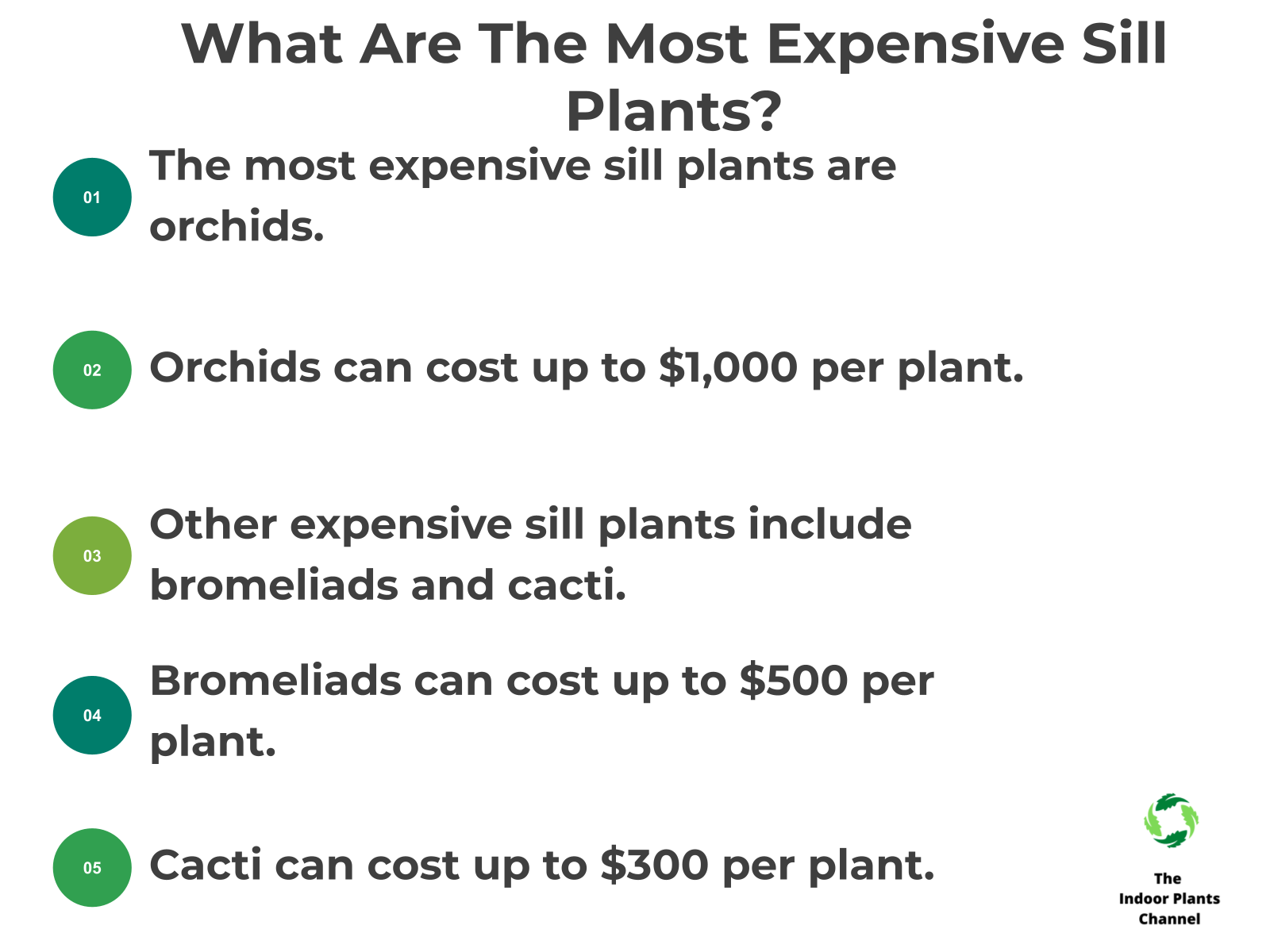
What Are The Most Common Problems With Sill Plants?
The most common problems with sill plants are overwatering, underwatering, and poor drainage. Overwatering can lead to root rot, while underwatering can cause the plant to wilt and die. Poor drainage can also lead to root rot.
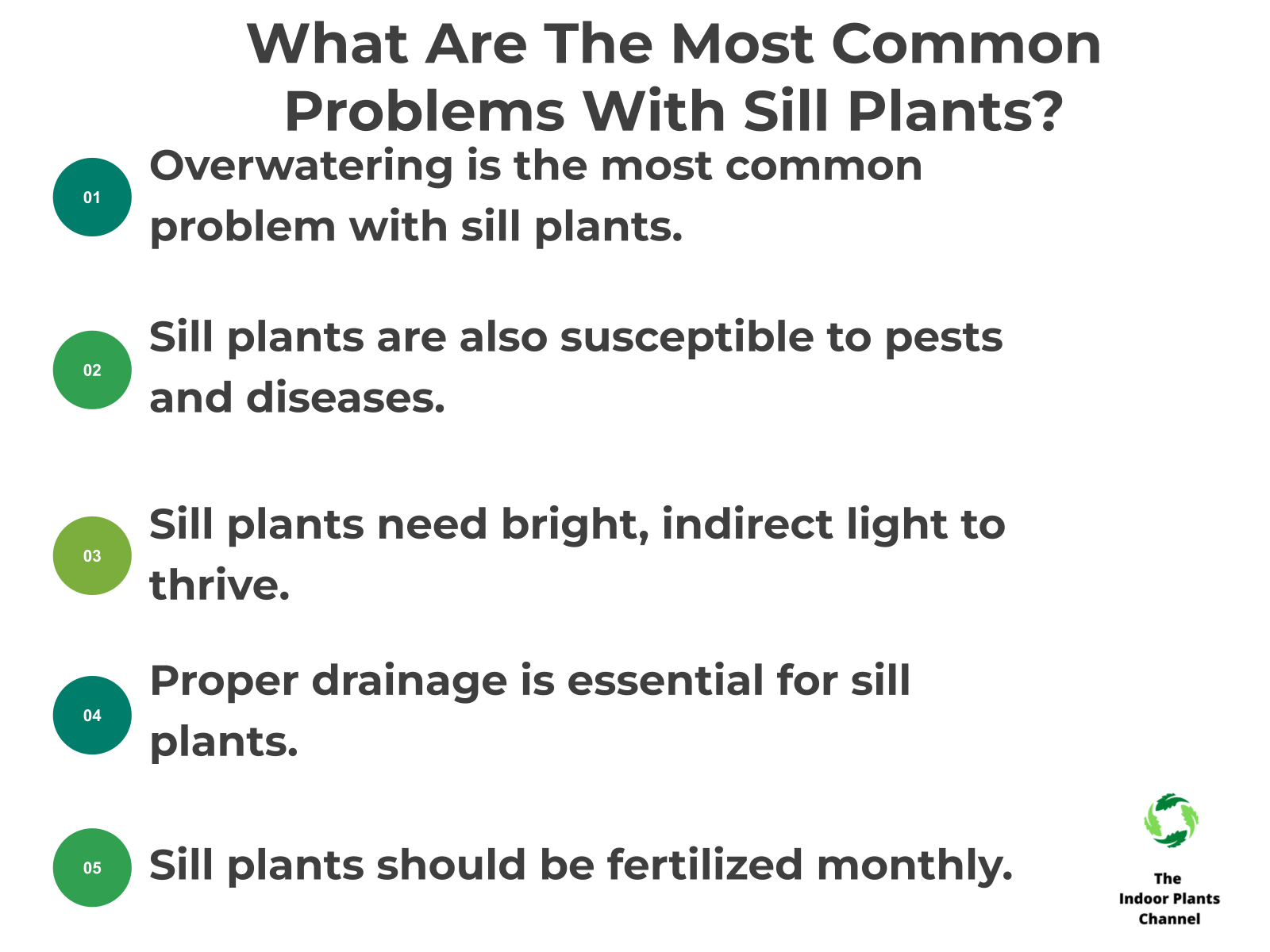
Quick Tips
- Sill plants are easy to care for and make great additions to any home.
- Sill plants need little water and can thrive in low light conditions.
- Sill plants can help purify the air in your home and improve your indoor air quality.
- Sill plants are low maintenance and require little care.
- Sill plants are a great way to add greenery to your home without taking up too much space.
- Sill plants make great gifts for plant lovers and can be easily found at most garden stores.
- Sill plants come in a variety of shapes, sizes, and colors, so there’s sure to be one that’s perfect for you.
- Sill plants are easy to care for and can make a great addition to any home.
- Sill plants require little water and can thrive in low light conditions.
- Sill plants can help purify the air in your home and improve your indoor air quality.
Sill plants” are a type of plant that typically grow on ledges or windowsills. A study conducted in 2012 found that sill plants can help purify indoor air, removing up to 87% of harmful toxins and chemicals within 24 hours.
Conclusion
Thanks for reading! I hope this post has helped answer some of your questions about sill plants. If you have any other questions, feel free to leave them in the comments section below.
Michelle Wilde
Related posts
2 Comments
Leave a Reply Cancel reply
![]()
About Michelle Wilde
Michelle Wilde is a stay-at-home mom and avid plant lover. Armed with a post-graduate degree in Computer Science (no kidding!), she loves researching plants and landscapes. When she is not caring for her 4 kids, she spends time on her passion for plants. She blogs at www.indoorplantschannel.com, the trusted source for indoor plants.
Learn more
Subscribe
* You will receive the latest posts and updates about indoor plants!
Search
Recent Posts
Categories
- Beginner Guides (10)
- FAQ (206)
- General (2)
- How-To Guides (212)
- Indoor Plants (214)
- Pest Management (2)
- Plant Problem Solutions (4)
- Seasonal Growing (2)
- Specialized Environments (2)
- Specific Plant Care (3)
- Technical Growing (2)
[…] you’re looking for the best plants to spruce up your windowsill, look no further! In this expert guide, we’ll show you the top 10 plants that are perfect for […]
[…] Sill is another great online shop for mood-enhancing plants. They have a wide selection of plants, and […]